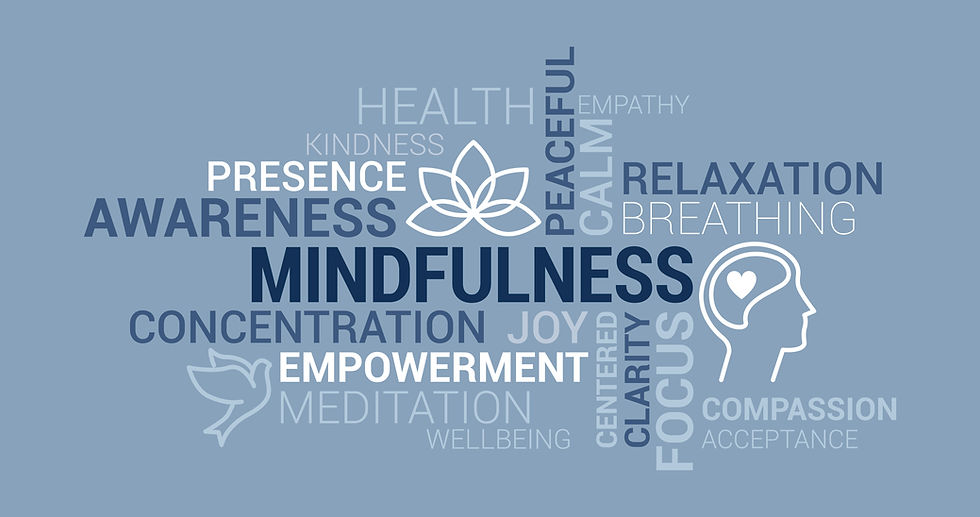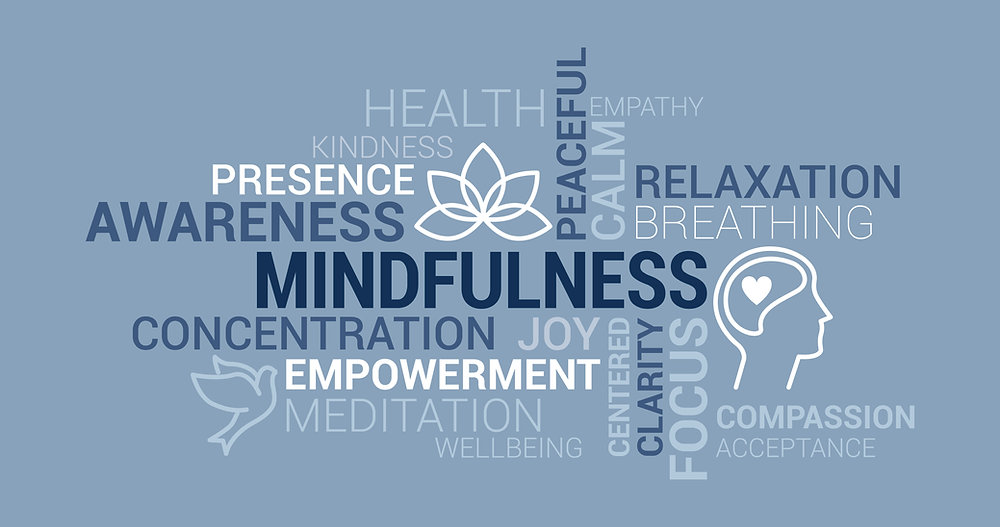
Psychologist and author Shauna Shapiro explains what she sees as the three core components to mindfulness: Intention, Attention, and Attitude (IAA model). Mindfulness is not just about meditation, it is being present and consciously engaged in your day to day activities as well. And in a world where multitasking is abundant, many people have lost site of truly being in the moment, whether working, spending time with family, cooking dinner, or sitting quietly and reading. So how can applying the IAA model help?
Let’s start with intention – your purpose and motivation. This is what really drives you and keeps you focused on something. For example, establishing a mindfulness practice might come from the intention of reducing stress, sleeping better, or starting the day with a clearer direction to be more productive. Coming back to our intention each day, and throughout the day, reminds us of our “why.” The more you keep your intention front of mind, the more consistent you can be. This also applies to losing weight and establishing a healthier lifestyle. What is your reason for losing weight? It is rarely just appearance and how your clothes fit. Maybe you want to have the energy needed to play with your children, maybe you have suffered from chronic illness due to obesity and just want to feel good again, or maybe there are activities you want to take part in and that you have not been able to enjoy due to being overweight. Whatever the intention, it is not the goal, but rather it is the purpose that consciously fuels the goal. What is an intention you can bring focus to through a mindfulness practice?
Next in the IAA Model is attention and deliberately directing it to something, such as our breath during meditation, our surroundings when we are on a walk, a child we are playing a game with, or what we are eating. It is being present, in a world where we so often tend to ruminate on the past or worry about the future. We miss so much of the present when we do not give it our full attention, and keeping our attention on the now takes practice, and consciously bringing your awareness back to the moment. In meditation, often people feel like they are failing if they have other ideas and thoughts popping into their heads, or that constant todo list we all have. This is not failure; it is an opportunity to practice bringing your awareness back to the present meditation. That same principle applies to the attention you bring to your activities throughout the day, such as cooking and eating a meal. Rather than going through this process mindlessly, bring your awareness to the food you are preparing, how it can nourish you, the texture, the taste, and how it aligns with your intention, or purpose. It is amazing how your mind’s ability to stay present will get stronger over time, and how this will help you make the choices that keep your purpose front of mind.
Finally, let’s talk about the final element of the IAA model, attitude. Attitude is how we show up, and thus how we approach our intentions and attention. We all have attitudes that have been developed over many years of being a certain way. We start to believe that we cannot help the way we think or act in certain situations. We may be self-critical and beat ourselves up about this. Utilizing mindfulness and the IAA model, we can teach our brains to respond with acceptance, self-compassion, and kindness. And yes, it takes time to change the patterns we have developed, and when you find yourself being hard on yourself, just take a deep breath and come back to self-compassion. You don’t always have to be happy and positive, but the hope is that you will be kind to yourself and others, regardless of what arises. Remind yourself that you are on a journey and that it won’t be perfect, but you are in control of how you show up! There can be no real sustained change without breaking the old habits and making way for the new.
So again, if we use weight loss as an example, we have seen so many clients who have spent years judging themselves for gaining weight, eating unhealthy food, avoiding family gatherings, and not staying on track with their goals. It is helpful to approach your renewed focus on weight loss as the beginning, whether you have tried before or not, remembering that you have much to learn, not just about how to lose the weight, but how to hold yourself in a kind way as you traverse this path. Every morning, and throughout the day, bring awareness to your intention (remember this is your higher purpose for having this goal), continuously practice being present with your attention in the moment, and work on seeing yourself as the strong and capable person you are.
I hope this brief look at the IAA Model of mindfulness has given you some insight into your own journey and approach to wellness. Putting this model into practice can truly connect you to each moment and how each choice you make effects your health and wellness. And remember to try and quiet that self-critic, thus I will leave you with this thought:
“Unlike self-criticism, which asks if your good enough, self-compassion asks, what’s good for you?" ~ Kristin Neff




